What you see falling into a black hole?
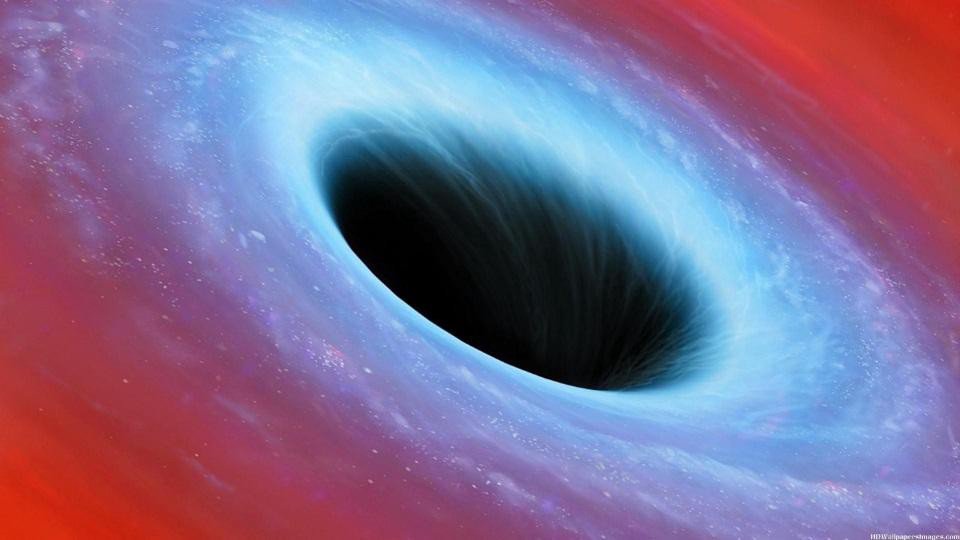 Source:
Source:
Black holes are perhaps the most mysterious objects in the Universe. They are so dense that gravitational force does not allow anything, even light, leaving the black hole. Physicists have discovered many black holes, from small to supermassive, with a mass millions or billions of solar. An important property of the event horizon — light cannot overcome it — creates a border in space: as soon as you cross, you are doomed to be in the singularity. But what you'll see falling into a black hole? Goes out if light or stay? Physics know the answer, and you will like it.
At the center of our own galaxy, we see the motion of stars around a Central point mass of 4 million solar masses, not emitting any light. This object is Sagittarius A* is a definite candidate for a black hole, which we can determine directly by measuring the star in its orbit.
But there are some very strange things happen when you approach the horizon of a black hole, and they become even weirder when you cross. There is a reason why you are breaking this invisible barrier, will not be able to leave. No matter what class of black hole you sucked, what space ship trying to carry out, or something else. General relativity is a serious thing, especially when it comes to black holes. Reason is the greatest achievement of Einstein: it is about HOW a black hole bends space-time.
When you are very far from the black hole the fabric of space is curved less. In fact, when you are very far from the black hole, its gravity is indistinguishable from any other mass, whether it is a neutron star, a normal star or just a diffuse cloud of gas. Space-time can be curved, but all you can identify from afar, it is the presence of mass, without data on the distribution of this mass. But if you look with your own eyes, instead of a gas cloud, star or neutron star, will be a completely black sphere in the center, not emitting any light.
This spherical region, known as the event horizon — it is not something physical, but rather a region of space of a certain size, which can't escape the light. One would assume that from a distance the size of a black hole seems to be the way is actually. In other words, if you approach a black hole, it will look like a totally black hole in the background of the cosmos, the boundaries of which distorted the light.
For a black hole mass of the Earth, this area will be tiny, about 1 cm in radius; and for a black hole mass of the Sun this area will be about 3 kilometers in radius. If you scale the weight (and size) to a supermassive black hole like the one in the center of our galaxy — you get the size of a planetary orbit or a red giant star like Betelgeuse.
What happens when you get close and eventually fall into a black hole?
From a distance, the geometry seen by you will meet your expectations and calculations. But as you progress in your perfectly constructed and indestructible spacecraft, you will begin to notice something strange, approaching the black hole. If you divide the distance between you and the star in two, the angular size of the star will appear twice. If you reduce the distance to a quarter of it will be four times more. But black holes and other.
Unlike all the other objects to which you are accustomed, that the closer, the larger they seem, the black hole grows in size much faster thanks to the incredible curvature of space.
From our perspective on Earth, the black hole in the galactic center will seem tiny, its radius is measured in micro-arc seconds. But compared to the naive radius that you calculated in the framework of General relativity, it will seem 150% more because of the curvature of space. If you get close to him, to the point where the event horizon would be the size of a full moon in the sky, it will be four times that. The reason, of course, is that space-time is curved stronger and stronger, when you approach a black hole.
Conversely, the observed area of the black hole grows more and more; by the time you will be szwarczynski radii from it, the black hole will grow to such a size that obscured almost the entire front of the ship. Common geometric objects do not behave.
When you zoom in close to the innermost stable circular orbit — which is 150% of the radius of the event horizon — you will notice that the front of your ship will be completely black. As soon as you cross this right, even behind you all begin to take in the dark. Again, this is due to how the path of light from different points moving in this highly curved space-time.
At this point, unless you crossed the event horizon, you can still walk. If you apply enough acceleration away from the event horizon, you will be able to leave the gravity and the space-time away from the black hole. Your gravitational sensors will tell you where the downward gradient in the direction of the center gives way to the plane where you can see the star light.
But if you continue down to the event horizon, you will eventually see the light of the stars is compressed to a tiny point behind you, changing the color to blue due to gravitational blue shift. At the last moment, when you cross the event horizon, that dot will be red, white, and then blue, as the cosmic microwave and radio backgrounds will move in the visible part of the spectrum.
And then... darkness. Nothing. Inside the event horizon no light from the outside Universe will not be able to get to your vehicle. Now you remember about the powerful engines of your ship and wondered how it would be possible to escape with them from this trap. You remember in what direction lay the singularity, and will try to determine the gravity gradient direction. This is assuming that behind you or in front of you there is no other matter or light.
Surprisingly, even if, together with you beyond the event horizon gets a lot of light — you will see "half" of the visible Universe — on Board you will also gravitational sensors. And as soon as you cross the event horizon, with light or without, happens something strange.
Your sensors will tell you that the gravitational gradient, which goes in the direction of the singularity is everywhere, in all directions. Even in the opposite direction of the singularity.
How is this possible?
And so, because you are beyond the event horizon, right in it. Any beam of light, which you now reject, will go towards the singularity; you are too deep in the bowels of a black hole, so he could get somewhere else.
How much time you need after overcoming the horizon in a supermassive black hole to be in its center? Believe it or not, despite the fact that the event horizon could be light-hour in diameter in our system of reference, to achieve the singularity it only takes about 20 seconds. Strongly curved space is a terrible thing.
Worse is that any acceleration will bring you closer to the singularity faster. Increase the time of survival at this stage is impossible. The singularity exists in all directions, wherever you look. Resistance is futile.
...Recommended
Along with the new Mars Rover in 2020 to Mars will fly her "loose part»
In July 2020, the space Agency NASA will send to Mars mobile Autonomous new science lab. Following "opportunity" and "Curiosity" the new Rover will attempt to find answers to intriguing questions. Scientists want to learn whether the Red planet suita...
Sent into space sports car Elon musk may fall to the Ground
I Hope you have not forgotten the historic launch of super-heavy carrier rocket Falcon Heavy, sent into space electric convertible Tesla Elon musk? No? Then we have two news for you. The good and the bad. The good is that this car we may yet see. Bad...
10 fun facts about the Andromeda galaxy
the Nearest neighbouring the milky Way galaxy is Andromeda. It is significantly bigger than our galaxy and evaluations may have 2.5-5 times more stars than our milky Way. It is easy to see in the night sky from Earth. It is located in the constellati...
Related News
Proposed a new recipe for the search of alien life
For most kinds of life in the Universe oxygen can be a deadly poison. But, oddly enough, it may significantly simplify the search of such a life for astrobiologists. Imagine you get in your time machine that can travel for billion...
The launch of the Falcon Heavy is scheduled for 6 February
the Head of the company SpaceX Elon Musk said via his account in Twitter that the first launch of new rocket super-heavy class Falcon Heavy will take place on 6 February. The announcement came three days after a successful static ...
The U.S. government wants to force NASA to stop supporting the ISS by 2025
the administration of the President of the United States Donald trump is going to sign a decree on the termination of the support program of the International space station by 2025. About it reports the portal the Verge, familiar ...
Scientists explained the strange shape of the "alien" asteroid Moimoi
last year, the offender interstellar space Moimoi passed through the inner Solar system. Initially it was assumed that a comet, then an asteroid, and then the alien ship — this visitor had properties that are unusual for typical s...


















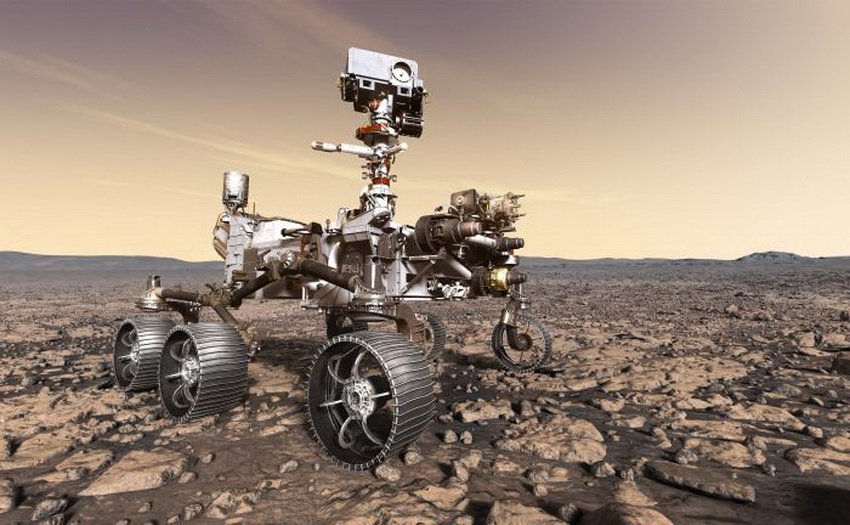
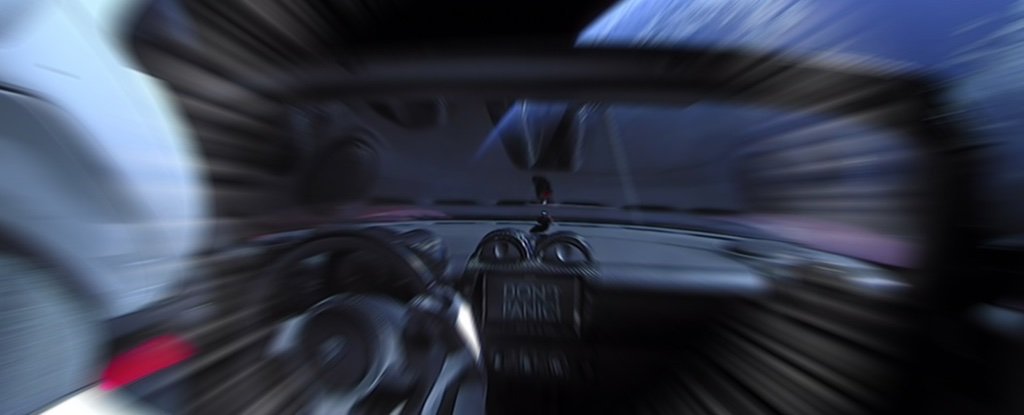
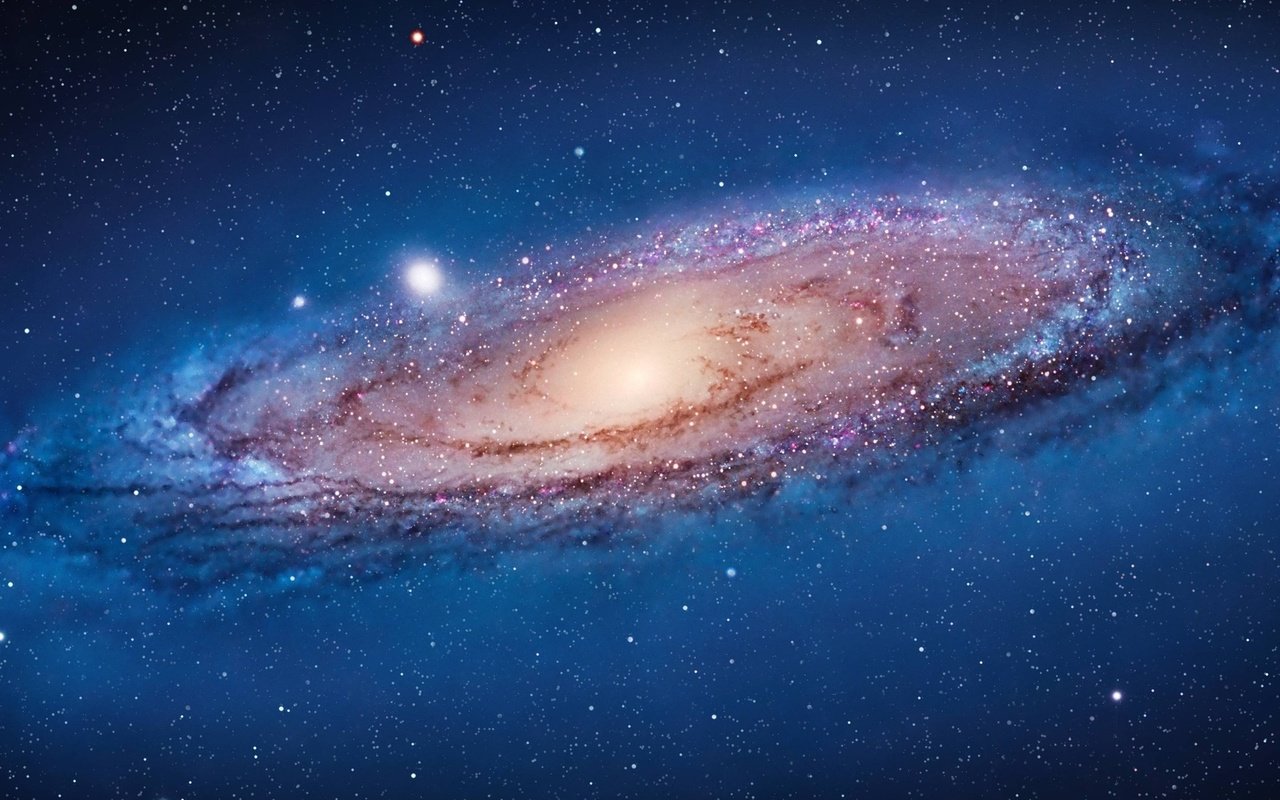
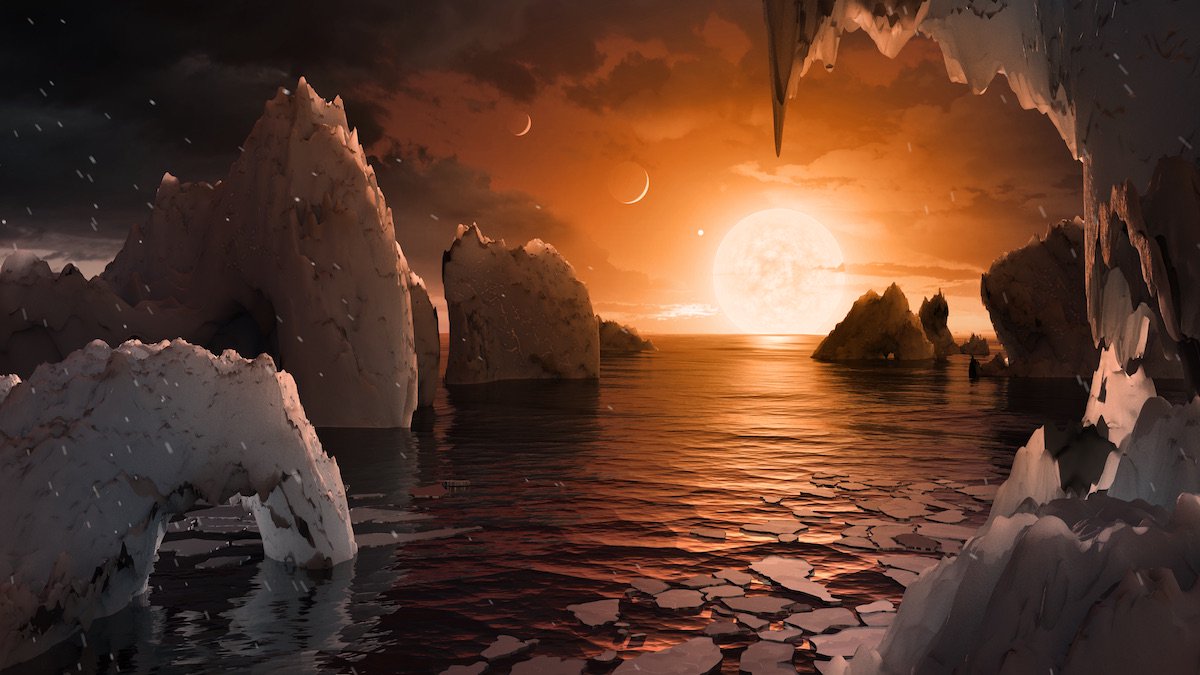

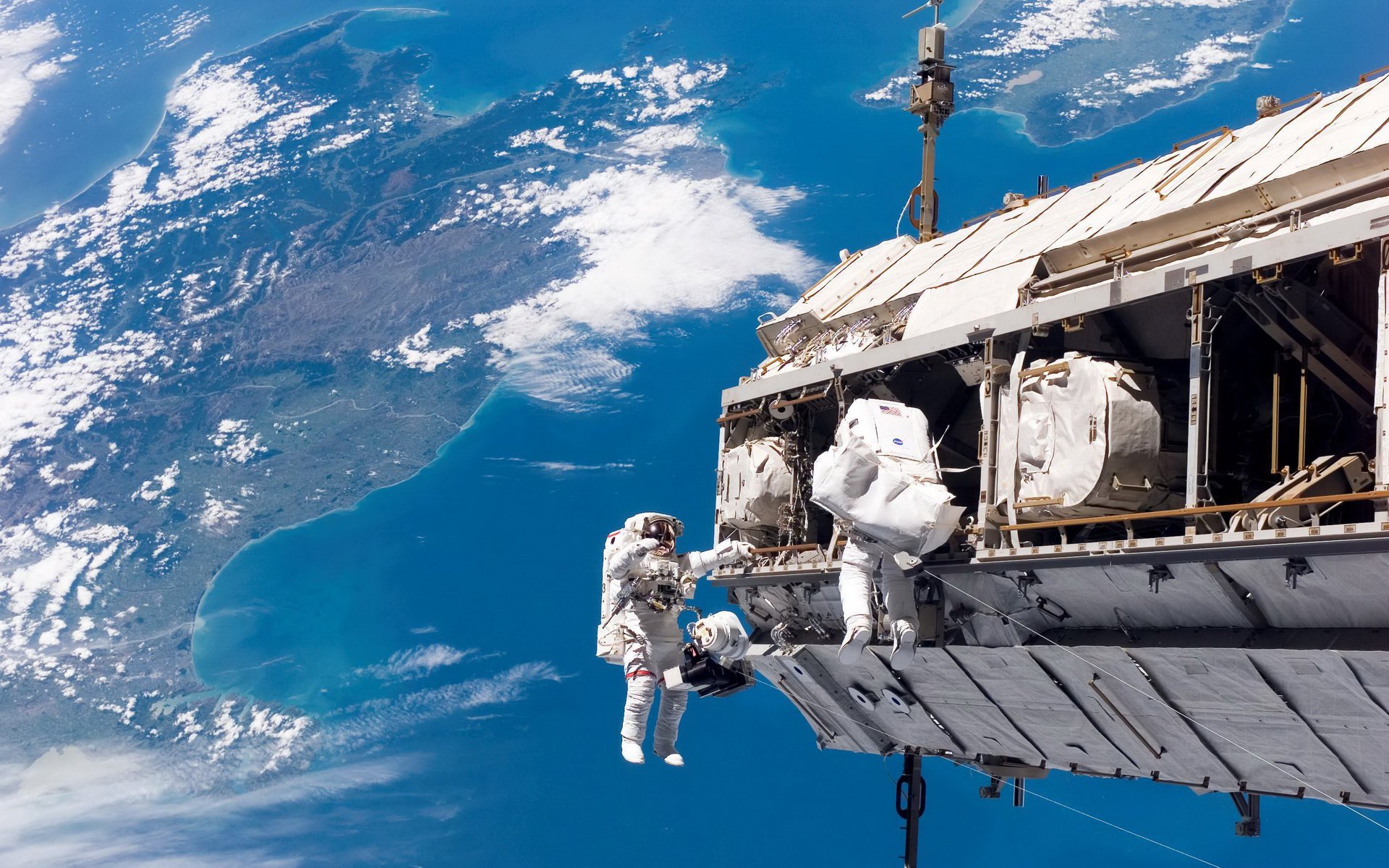
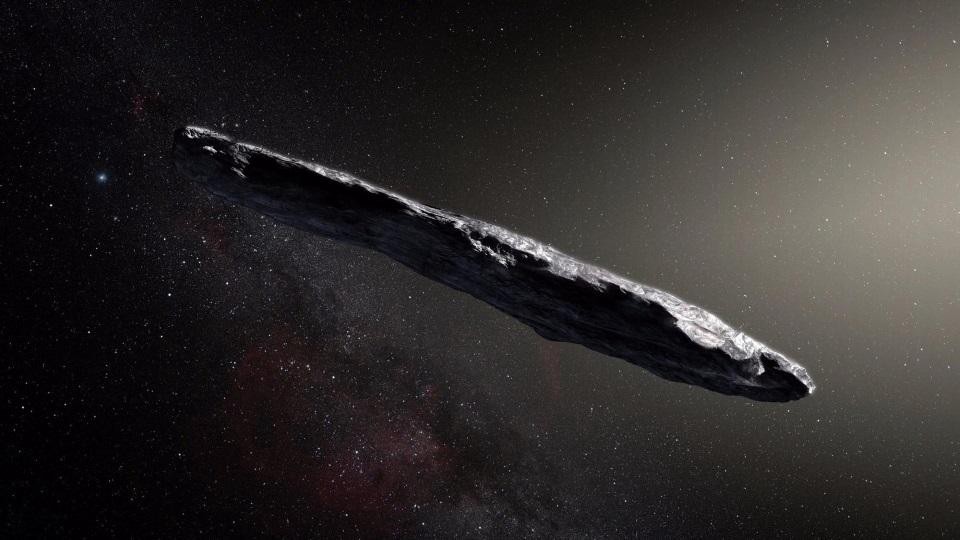
Comments (0)
This article has no comment, be the first!